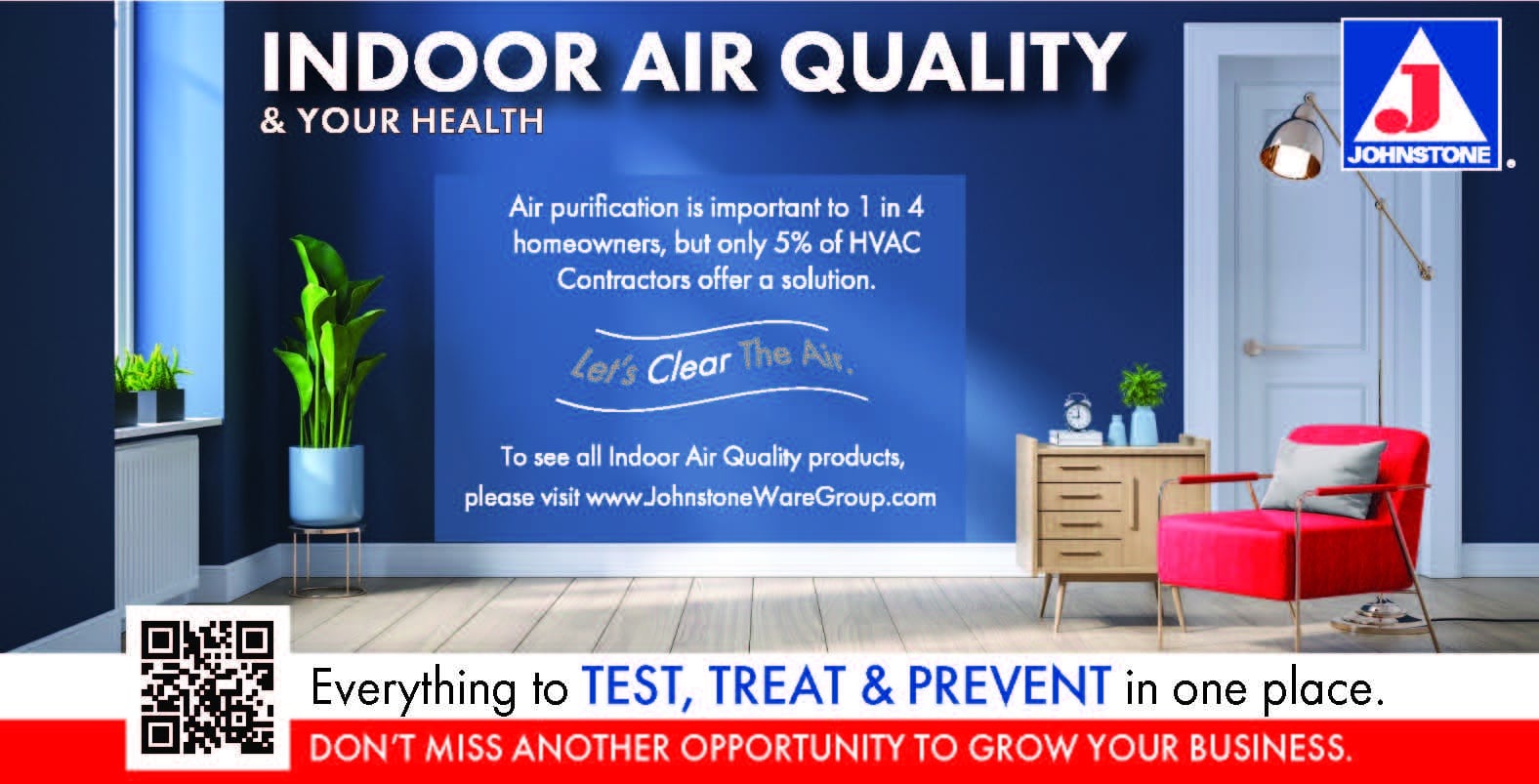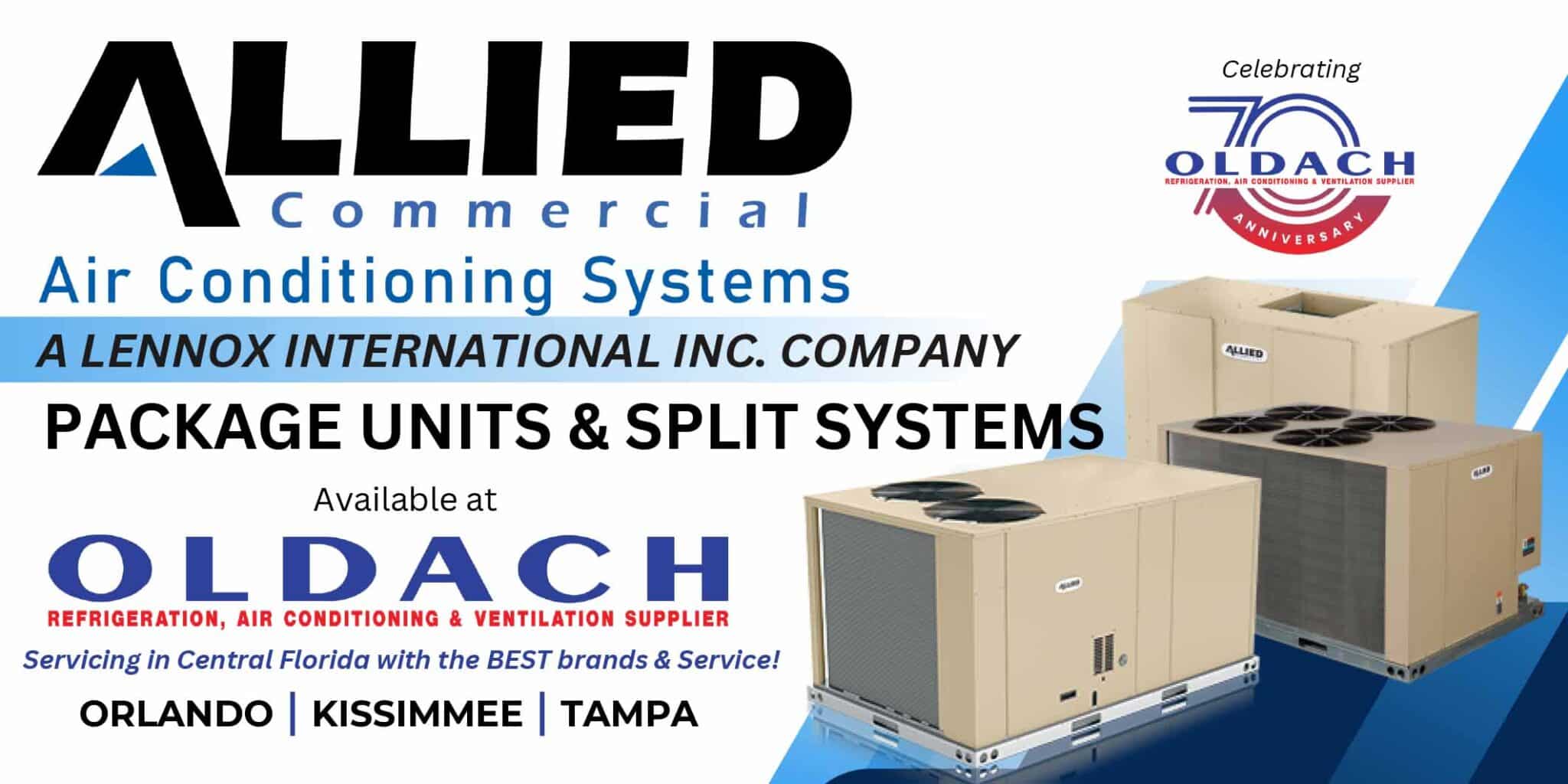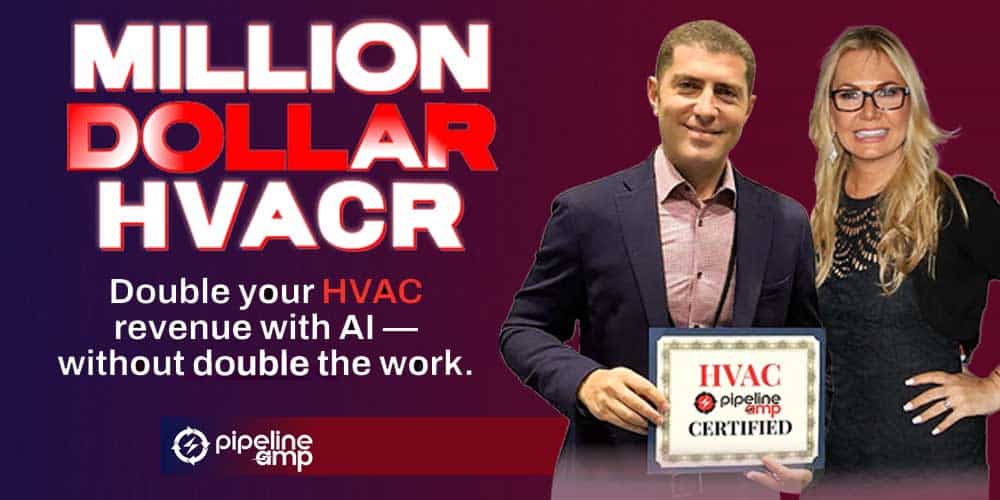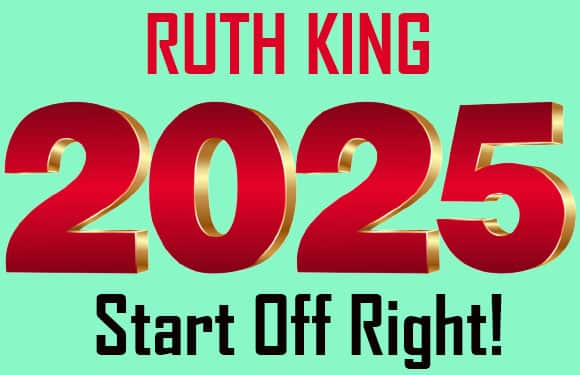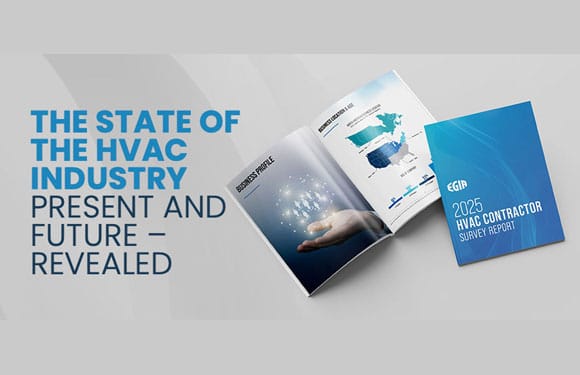By Katie Conigliaro, excerpted from CE News
In our last blog post, we discussed sterilization as an effective method for improving indoor air quality by removing contaminants and debris from existing HVAC systems. However, sterilization is not the only means of improving indoor air quality, especially in commercial and residential spaces.
More and more often these days, we see commercial building owners and homeowners install robust air purification systems to cut down on contaminants in the air, thus allowing employees and clients to breathe a little easier. By having a better idea of what air purification is and how these systems work, you can decide whether this method of air quality control is right for you.
What is Air Purification?
To understand what air purification is, it can first help to understand what it is not, particularly in comparison to air sterilization and filtration techniques.
As covered in our previous blog, air sterilization focuses on the continuous cleaning of HVAC components using ultraviolet light technology. Air filtration systems improve indoor air quality by capturing microbes and particulates from a specific point in the ventilation process, and then removing those contaminants from the space.
On the other hand, with air purification, particulates and microbes are not removed but are instead neutralized using technologies that include high-output ultraviolet germicidal irradiation (UVGI).
Air purification systems (also commonly referred to as air scrubbers) tend to be most effective when they consist of a series of ionizers, vacuum ultraviolet lights, and catalytic scrubbers. These components work together to deactivate things like airborne viruses and neutralize other unhealthy particles before reaching a building or home’s vents.
Benefits of Air Purification
While air purification systems are especially beneficial in commercial buildings, they’ve also become quite popular for residential use. Specifically, being able to neutralize harmful particles and other contaminants before they reach the air you breathe can help to reduce instances of illness in the home or workplace. Meanwhile, those who normally suffer from allergies and/or respiratory conditions like asthma can also benefit from breathing neutralized and cleaner air.
Specifically, air purification systems have been found to be effective in removing:
- Allergens and mold spores
- Toxins created by cleaning products, chemicals and the like
- Smoke and particulates from indoor combustion systems (furnaces, machinery, etc.)
From a business perspective, air purification systems make a lot of sense because they are cost-efficient. Not only are air scrubbers effective at purifying indoor air quality, but this cleaner air may also help reduce the number of employee sick days taken throughout the year. Plus, most air quality purification systems do not require any extensive retrofitting of a building’s existing HVAC system, making it possible to implement such a system without spending a lot of money in the process.
Air Purification Products and More From CE
Get started with air purification products from CE! We’re proud to offer a wide range of products to suit your needs, including (but not limited to):
- Air Scrubbers
- Air Oasis Bi-Polar Purifiers
- GPS 2400
- Nu-Calgon I-Wave
- RGF REME Halo
- Carrier Infinity & Bryant Evolution Air Purifier
With about 84% of Americans currently spending 90% or more of their time indoors, there has never been a better time to improve indoor air quality. Implementing an air purification system for your customers is an excellent starting point.
To find out more about CE’s purification solutions, visit https://www.carrierenterprise.com/iaq.



